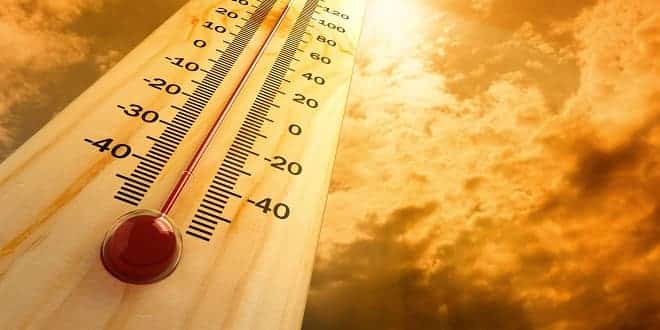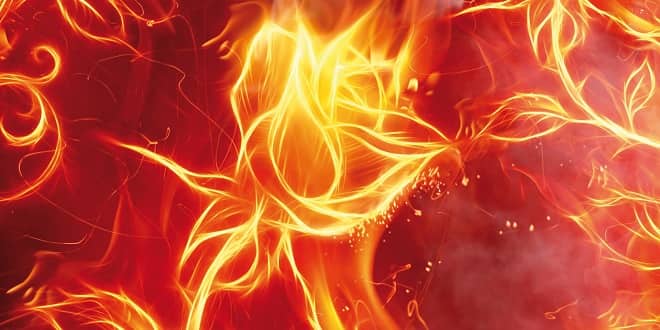Lab 7 – Heat and Temperature
Lab 7 – Heat and Temperature
Purpose:
• Observe the first law of thermodynamics: that energy is conserved.
• Investigate the transfer of heat.
• Determine the heat of fusion of ice
• Determine the heat of neutralization of acids and bases.
Theory:
1. Heat is another form of energy, and can be quantified with familiar units, joules.
2. The transfer of heat can be calculated by measuring a change in the temperature,
3. The heat capacity of a material tells you how much heat energy is required to cause a change in temperature. The heat capacity depends on how much the
material there is and is therefore referred to as the specific heat capacity.
Some specific heat capacities of materials: water has a relatively high specific heat (4.184 J/°C*gram) copper has a relatively low specific heat (0.378 J/°C *gram)
****To raise the temperature of water by 1 °C would take more than 11× the energy required to raise the temperature of the same mass of copper by 1 °C.
4. A calorie is the amount of heat required to raise the temperature of 1 gram of water by 1°C. The specific heat of water is equal to 1 calorie/°C*gram.
****We will make volumetric measurements using graduated cylinders, so the effective heat capacity for all our experiments is 1 calorie/°C*mL. (density of water is 1g/mL)
5. Heat of fusion – how much heat is required to melt ice; therefore the heat absorbed for the action of melting an amount of ice. (calories/gram)
6. Heat of neutralization – amount of heat given off in the reaction of an acid with a base.
HCl (aq) + NaOH (aq) Æ NaCl (aq) + H2O (l) + heat
…




